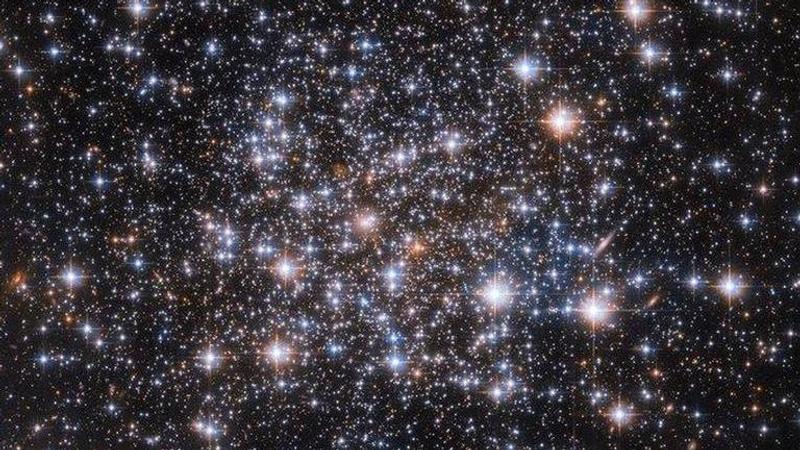Published 17:16 IST, June 20th 2022
Hubble spies star-studded globular star cluster located 69,100 light-years from Earth
The Hubble Space Telescope, which has been humanity's eyes for peering deep into space, is back with another enigmatic picture of a star cluster, Ruprecht 106.

The Hubble Space Telescope, which has been humanity's eyes for peering deep into outer space, is back with another enigmatic picture. Captured by its Advanced Camera for Surveys (ACS), the picture features a glittering globular cluster named Ruprecht 16 that claims distinct characteristics. According to the European Space Agency (ESA), the star cluster has been photographed thanks to Hubble's lenses that zoomed into this astronomical mystery that holds much more than what is visible.
1/ Test your Sherlock Holmes 🕵 abilities on our latest Picture of the Week. Just like the magnifying glass of the great detective, @HUBBLE_space has been used to peer into the enigmatic globular cluster Ruprecht 106. 🔗 https://t.co/68z4xqLVjO
— HUBBLE (@HUBBLE_space) June 6, 2022
Now a challenge for you! 👇 pic.twitter.com/pN5PHOhCXG
More about the star-studded image
Observations made through the Hubble space telescope have revealed that all the constituent stars of these globular clusters formed at approximately the same location and time. However, much to scientists' surprise, the core stars of this unique nursery have chemical compositions entirely different from each other.
"These distinct chemical fingerprints are left by groups of stars with very slightly different ages or compositions from the rest of the cluster", ESA said in a report. "A tiny handful of globular clusters do not possess these multiple populations of stars, and Ruprecht 106 is a member of this enigmatic group".
Also known as C 1235-509, the cluster Ruprecht 106 was discovered in 1961 by Czech astronomer Jaroslav Ruprecht. It lies in the same galaxy as ours- The Milky Way- and is located approximately 69,100 light-years from Earth in the constellation of Centaurus. Notably, star clusters such as Ruprecht 106 are considered rare and catalogued as single-population clusters. This type of cluster is where there is no formation of second or third-generation stars.
ESA says, however, that, unlike this star cluster, Hubble has a third-generation element, the ACS. Hubble, which is jointly operated by NASA and ESA, is in its 32nd year of operation and has gone through three iterations and many of its instruments have been replaced over the years. In the past, astronauts of NASA Space Shuttle serviced Hubble in orbit a total of five times. But an increased number of technical glitches in the telescope is prompting the agencies to retire it most likely by this decade's end.
Updated 17:16 IST, June 20th 2022



